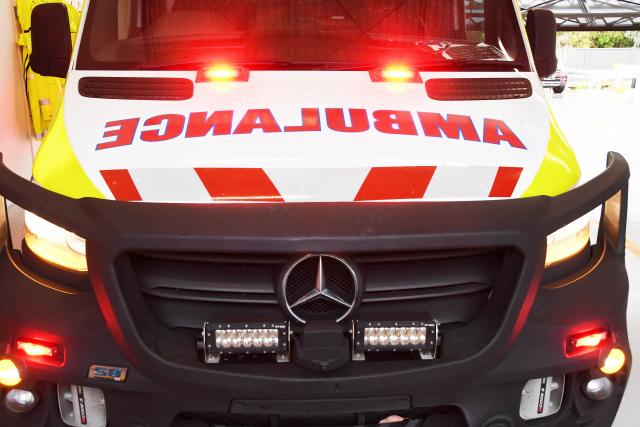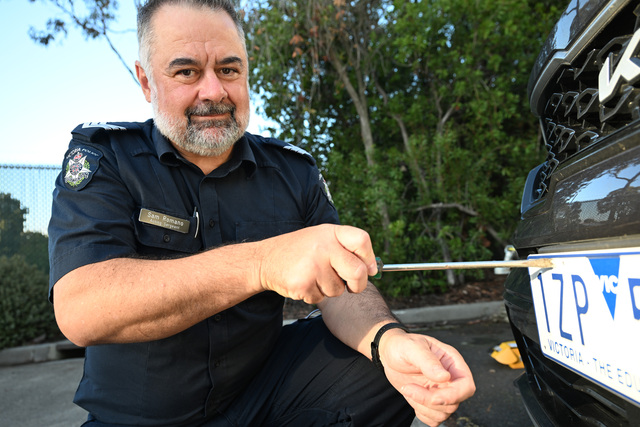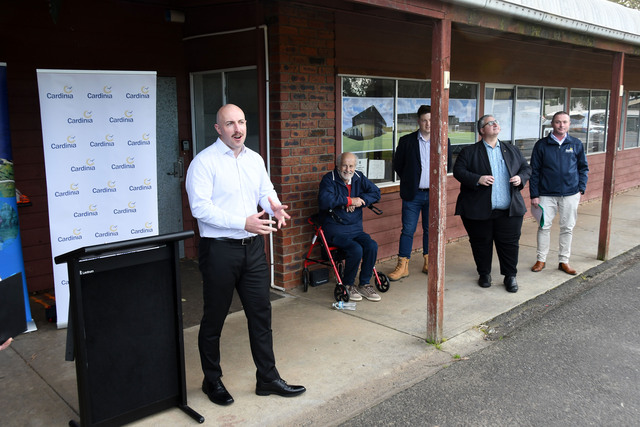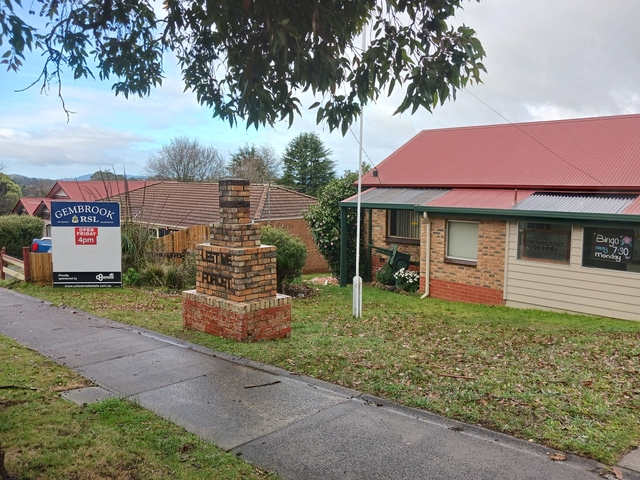Ambulance Victoria has continued to fail to meet its performance targets in responding to Code 1 incidents in Cardinia within the 15-minute target time, according to its latest performance figures.
During the July to September 2023 period, paramedics attended 50.8 per cent of Code 1 incidents in Cardinia within the 15-minute target time, falling short of Ambulance Victoria’s target of 85 per cent.
Across 1721 first responses, the average response time across Cardinia during the July to September period was 17 minutes and 20 seconds.
While the performance figures fell short of Ambulance Victoria’s targets, the figures reflected an improvement from the March to June average response time of 18 minutes and 28 seconds and faster than the July to September 2022 period’s average response time of 17 minutes and 53 seconds.
In terms of responses to Code 2 incidents, paramedics responded to these incidents which are acute but not time-sensitive within an average of 43 minutes and five seconds across 773 responses.
Ambulance Victoria metropolitan regional and clinical operations director Narelle Capp said the last quarter was the fourth busiest quarter in Ambulance Victoria’s history.
“July to September saw ambulances across Victoria called to 96,594 Code 1 cases – 2002 more than a year ago,” she said.
“Despite this high demand, ambulances arrived at ‘lights and sirens’ cases on average 23 seconds faster than a year ago and 52 seconds faster than the previous quarter.
“Our dedicated paramedics do an amazing job delivering world-class care, and Victoria has the best cardiac arrest survival rates in Australia.”
Across the state, paramedics across Victoria responded to 66 per cent of Code 1 cases within the state-wide target of 15 minutes.
However, the figure was up from 61.7 per cent for the previous three months and 64.3 per cent a year ago.
As a result, the state-wide average response time to Code 1 emergencies dropped to 15 minutes and 12 seconds.
Ambulance Victoria metropolitan regional and clinical operations director Vanessa Gorman said the community helped reduce demand by saving triple-zero calls for emergencies and accessing alternative care options for less urgent healthcare, such as the Victorian Virtual Emergency Department (VVED).
“There are lots of places to get timely, non-urgent health advice,” she said.
“If it is non-life-threatening, you can connect directly with emergency doctors and nurses at the VVED from anywhere in Victoria, at any time.
“Other options as also include your local Priority Primary Care Centre, your GP or pharmacist, or Nurse-On-Call on 1300 60 60 24.”
Ms Gorman said Ambulance Victoria has also recently tripled the size of its Secondary Triage team.
“From July to September, 36,566 people who did not need an emergency ambulance were instead connected by paramedics and nurses in our Secondary Triage team to more appropriate care,” she said.
“Every call that isn’t an emergency puts significant strain on our crews to reach those who need us the most.
“As a result, 500 or more cases every day are being safely matched to services that better suit their needs while also avoiding emergency dispatch.”







